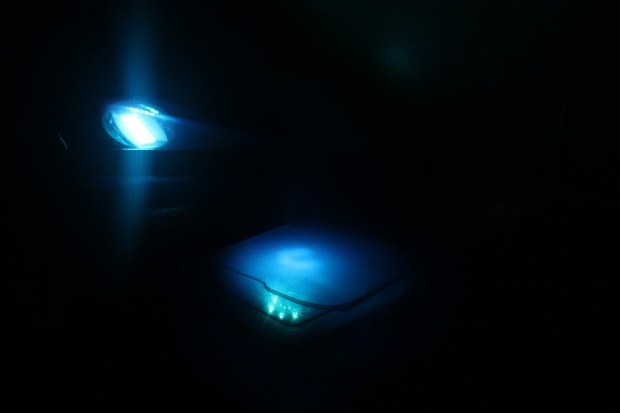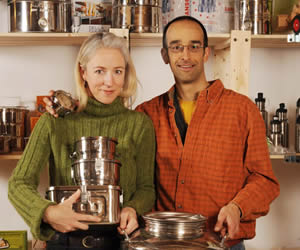The accidental discovery of a waste eating bacteria has lead to some fascinating research by Chinese environmental researcher, Jun Yang, an environmental engineer at Beihang University.
Polyethylene is one of the most problematic and popular types of plastic, with the annual global production around 80 million tonnes, filled with numerous toxic chemicals, yet being in our lives every day, in products such as bottles, bags, packaging, and so on.
Yang was inspecting bags of millet in his kitchen and found them riddled with tiny holes. “I observed moths flying out of the bags and their larvae crawling around inside,” he says. He began to think that the larvae of Plodia interpunctella, a tiny grain-eating moth found in kitchens worldwide, might be digesting the plastic film with the help of bacteria in their guts. Waxworms, the larvae of Indian meal moths, have guts filled with microbes that can digest plastic
Yang, found that plastic bags of millet in his pantry had small holes in them. Intrigued, he also found moths and moth larvae in the bags. Deducing that the hungry larvae must have digested the plastic somehow, he and his team analyzed their gut bacteria and found a few that could use plastic as their only carbon source.

Previous studies had reported bacteria that can reduce the weight of polyethylene by more than 20% in just six weeks. However, these promising reports failed to provide comprehensive molecular evidence of bio-degradation such as signs of oxidation of the polymer chains. Unfortunately, other research teams could not replicate these studies because the original authors neglected to register the microorganisms with an international depository.
The polymer, he says, resists degradation by microbes because it is highly hydrophobic, has a high molecular weight that prevents it from entering bacterial cells, and has a stable structure consisting solely of C–C and C–H bonds.
References:
Image Retrieved from, Buss, Lyle. “Plastic Gourmand.” http://www.fondriest.com. Accessed June 20, 2016. http://www.fondriest.com/news/discovery-plastic-eating-bacteria-may-speed-waste-reduction.htm.
Information and quotes retrieved from, Pelley, Janet. “Pantry Pests Harbor Plastic-Chomping Bacteria | Chemical & Engineering News.” Chemical & Engineering News | Serving the Chemical, Life Sciences and Laboratory Worlds. Last modified December 3, 2014. http://cen.acs.org/articles/92/web/2014/12/Pantry-Pests-Harbor-Plastic-Chomping.html.
Information retrieved from, Balster, Lori. “Discovery of Plastic-eating Bacteria May Speed Waste Reduction.” Environmental Monitor. Last modified July 27, 2015. http://www.fondriest.com/news/discovery-plastic-eating-bacteria-may-speed-waste-reduction.htm.
Wikipedia. “Polyethylene.” In Wikipedia, the Free Encyclopedia. Wikimedia Foundation, Inc., n.d. Accessed June 21, 2016. https://en.wikipedia.org/wiki/Polyethylene.
http://www.fondriest.com/news/discovery-plastic-eating-bacteria-may-speed-waste-reduction.htm
http://cen.acs.org/articles/92/web/2014/12/Pantry-Pests-Harbor-Plastic-Chomping.html
https://en.wikipedia.org/wiki/Polyethylene



















































